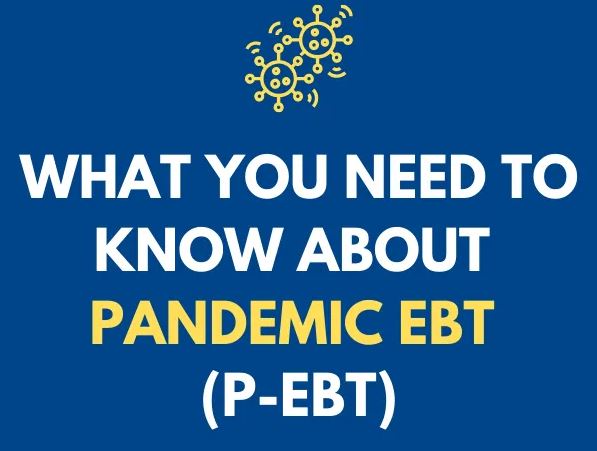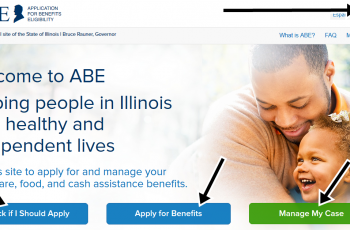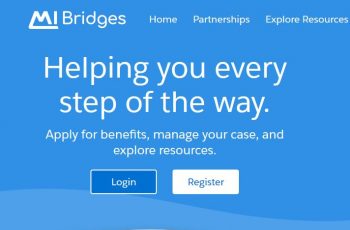The Food Nutrition Service (FNS) has recently launched a new program known as Pandemic EBT benefit. This program provide help to households with children during extended school closures. The Pandemic EBT benefits program was launched in response to the Coronavirus outbreak. To learn more about this program, keep reading through this page.
More About Pandemic EBT (P-EBT)

The Pandemic Electronic Benefits Transfer (P-EBT) program was authorized by the Families First Coronavirus Response Act (FFCRA). The program provides financial assistance to families with children that typically receive free or reduced-price school meals.
The goal of the program is to reduce the financial strain on low-income households caused by extended school closures during COVID-19.
Pandemic EBT is in line with USDA’s commitment to keep Americans safe, secure, and healthy. In addition, the program keeps kids fed when schools are closed during a national emergency.
What Pandemic EBT Benefit is All About
Pandemic EBT is a supplemental food purchasing benefit to offset the cost of meals that would have otherwise been consumed at school. This program provides assistance to families of children eligible for free or reduced-price meals dealing with school closures.
The Food and Nutrition Service is allowing states to provide benefits (similar to SNAP or “food stamps”) to children who normally receive free or reduced-price school meals.
List OF States Approved for Coronavirus Pandemic EBT?
The following states have been approved to operate a Pandemic EBT program. They will be able to operate Pandemic EBT, a supplemental food purchasing benefit to current SNAP participants, and as a new EBT benefit to other eligible households to offset the cost of meals that would have otherwise been consumed at school.
- Alabama
- Arizona
- California
- Colorado
- Connecticut
- Delaware
- District of Columbia
- Illinois
- Indiana
- Kansas
- Kentucky
- Louisiana
- Maine
- Maryland
- Massachusetts
- Michigan
- Missouri
- New Hampshire
- New Jersey
- North Dakota
- New Mexico
- North Carolina
- New York
- Ohio
- Oregon
- Pennsylvania
- Rhode Island
- Tennessee
- Texas
- Vermont
- Virginia
- West Virginia
- Wisconsin
- Wyoming
NOTE: Whether or not your state is approved for Pandemic EBT solely depends on your local state officials. States can be approved for Pandemic EBT by submitting a plan to the Secretary of Agriculture.
ALSO SEE: How To Get Emergency Food Stamps
P-EBT Benefits Qualification
In order to qualify to receive P-EBT benefits, see below criteria.
Your household may be eligible for P-EBT benefits if your child or children are:
- Currently enrolled and receiving free or reduced-price school meals, or
- Attending a school that participates in CEP (Provision 2 or 3), and
- Schools have been closed for 5 consecutive days for a public health emergency.
Pandemic EBT FAQs
For answers to some of your most frequently asked questions about P-EBT, see below.
Who qualifies for Pandemic EBT?
Current SNAP participants and new EBT eligible households with children that qualify for free or reduced-price school lunches through the Richard B. Russell National School Lunch Act can receive Pandemic EBT benefits.
Are children receiving school meals through the CEP eligible for Pandemic EBT?
Yes, all children who receive free or reduced-price meals are eligible to receive P-EBT. Students attending schools that participate in CEP (Provision 2 or 3) are also eligible to receive P-EBT.
Do households need to submit an application for P-EBT?
No, households do not need to submit an application to receive P-EBT benefits. States will provide P-EBT benefits to SNAP and non-SNAP households with children that were enrolled in free or reduced-price school meals.
What is the minimum amount I will receive in P-EBT benefits?
The minimum household allotment amount will be no less than the value of the school meals ($5.70) for each eligible child in your household over the 5-day period.
For example, this means if you have two eligible children and 5 consecutive days of a closed school, you will receive a total of $57 in P-EBT benefits ($5.70 x 5 x 2)
How do non-SNAP households get P-EBT benefits?
A non-SNAP household will need to provide household information to receive P-EBT benefits. You must provide this information to the state agency:
- Name and signature of the head of household
- Number and names of eligible children in the household
- Address of household on record with the school district
- Mailing address (if different from the one provided above)
How will I get my P-EBT benefits if I don’t have an EBT Card?
Your state agency will send you an EBT Card mail. You must provide your local state agency with information prior to receiving your EBT Card and P-EBT benefits.

